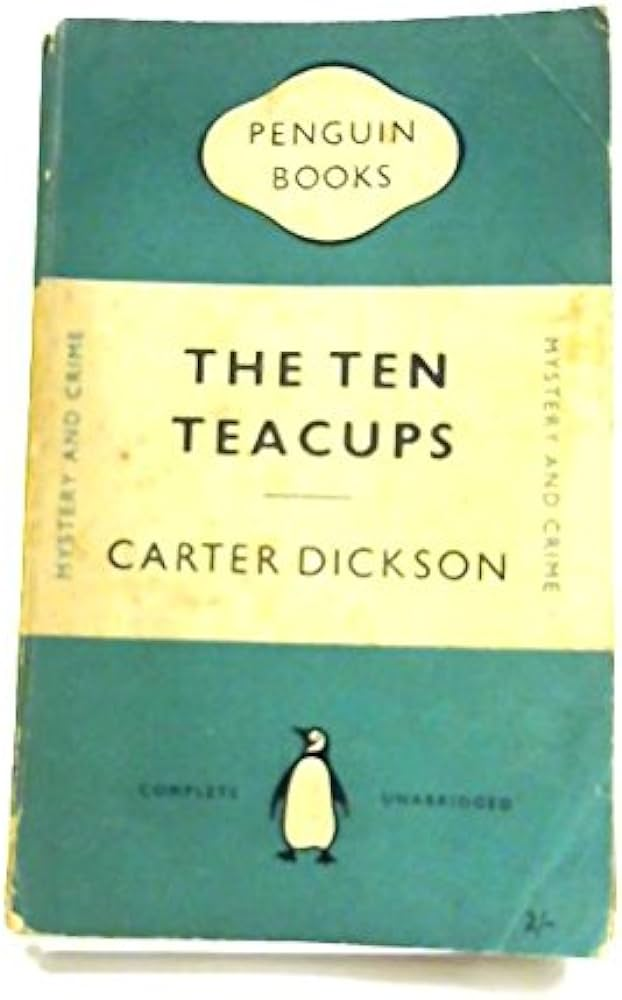I've had an exciting week, with a memorable trip to Oxford followed by two extremely enjoyable festivals. The first of these is the subject of today's blog post. I was invited to the Richmond Walking and Books Festival and it was a great honour to be asked to give the inaugural Peter Robinson Memorial Lecture. Peter was a patron of the festival for many years and some years ago he invited me along, only for a conflicting commitment to make it impossible. We agreed that the event should take the form of a conversation between me and James Gravenor of the Festival committee, with introductory remarks by Peter's friend Alexe and a slide show of Peter over the years.
Richmond is a charming market town in north Yorkshire and we decided to turn the visit into a trip with plenty of sightseeing. This is definitely my preferred approach with festivals and conventions, when the opportunity arises. And we were very lucky with the weather. So there were stops in Sedbergh, Hawes, and Leyburn, all of them pleasant towns, as well as a walk to see the impressive Aysgarth Falls.
The organisers arranged for accommodation at Millgate House, which has been described as 'arguably the finest guest house in the country'. I thought this was a bit over the top until I arrived there to find an incredible house with an equally fantastic, award-winning garden. The historic Georgian house is full of clocks, antiques, paintings, and books. The garden, on a slope going towards the River Swale, is terrific, even at this time of year. I've never stayed anywhere quite like it. Here's a video about the garden which gives a good idea of its quality There are also some great shots of the house, interior and exterior.
I enjoyed listening to a great talk by Nicholas Royle about book collecting and was glad to have a chat with Nick, whom I hadn't previously met, and to buy his latest book Shadow Lines, which looks great. We discovered a shared enthusiasm for the work of Derek Marlowe and Nick was kind enough to send me a Marlowe novel that I've never come across before.
The next day was also fine, and there was a great guided tour conducted by a former mayor dressed as Richmond's first policeman, who ended up being murdered by navvies who were in town to build the (now abandoned) railway. The station is now a very impressive community hub, and there's a lovely looping walk along the Swale to Easby Abbey.
It was fun to chat to James, Alexe, and others, and a privilege to launch the Peter Robinson Memorial Lectures - I hope it's a series that continues for a long time. As for Richmond, although I'd visited the town, and looked round the castle in the past, there really is a great deal to see, more than I'd realised. A lovely part of the world.
.JPEG)
.JPEG)
.JPEG)
.JPEG)
.JPEG)
.JPEG)
.JPEG)
.JPEG)
.JPEG)
.JPEG)
.JPEG)

.JPEG)


.JPEG)
.JPEG)


.JPEG)
.JPEG)




.JPEG)
.JPEG)
.JPEG)
.JPEG)
.JPEG)
.JPEG)
.JPEG)
.JPEG)
.JPEG)














.JPEG)
.JPEG)
.JPEG)
.JPEG)
.JPEG)
.JPEG)
.JPEG)


.JPEG)
.JPEG)
.JPEG)
.JPEG)
.JPEG)
.JPEG)
